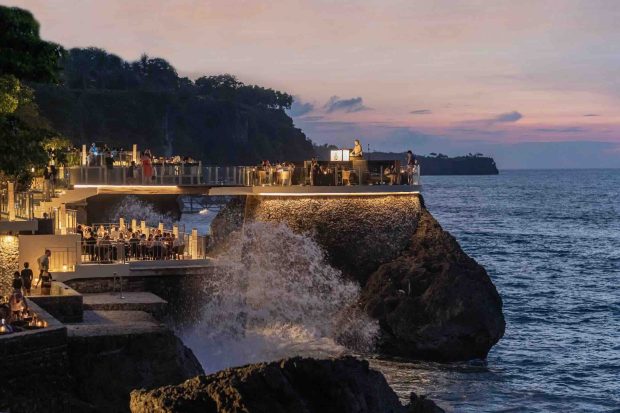Ever since the first humans arrived there, either crossing the Sunda Sea in primitive rafts or on foot from New Guinea through the Torres Strait, which Pacific waters had not yet covered, Australia has not ceased to be a hospitable land for the persecuted. In a world atlas of 1798, Captain Cook, who had only recently occupied it in the name of the English Crown, named it Nuova Hollanda. However, exploring its interior and its first mapping will not take place until the beginning of the 19th century.
A new world is being added to the already known one. A world that will soon play a leading role in the socio-political life of the planet. Today, Australia and the islands of New Zealand and Tasmania enjoy a reasonably high standard of living. The modern cities combined with the unique nature and the scarce fauna and flora are an attraction for visitors who travel to magical Australia and the island of Tasmania.
About Tasmania
Tasmania is a large island about 200 miles south of mainland Australia which, along with many islands and islets, is one of the islands of the state of Australia. In early 1804, English Captain David Collins founded a settlement in the Sullivans Cove area called Hobart (or Hobarton). Built at the mouth of the Derwent River and surrounded by the foothills of Mount Wellington, the small military settlement quickly evolved into the current capital, Hobart, with a population of 205,000.
An equally picturesque landscape offers the city of Richmond, located 25 km north of the capital Hobart. A military base of the recent past, Richmond, with a population of 750, strongly resembles a provincial town in pre-industrial England. The prison facilities built here in the early 19th century have been restored and now function as a museum. Taz Island, the only island state in Australia (one of the eight constituent parts of the country), is directly opposite the state of Victoria and is separated from it by the Bass Strait.
You can also visit Tasmania’s second-largest city, the lovely Launceston, which is built at the confluence of two rivers called the South and North Esk and takes its name from Cornwall, England. With dozens of historic buildings, you have the opportunity to wander its beautiful streets, using a vehicle to discover the hidden beauties of the city that invites you to discover it. Trust Enjoy Travel for your travels, for cheaper offers and modern cars.
Nature Lovers’ Paradise – The Best Nature Experiences in Tasmania
Tasmania is separated from mainland Australia by only 200 kilometres. It is famous for its amazing forests and natural wonders. Underground cave systems and hot springs are probably the best. In southern Tasmania, you will find dolomite caves with impressive stalactites and stalagmites. Tasmania is full of natural wonders and stunning scenery. Some wildlife such as birds, frogs and reptiles are found only in Tasmania. A wide range of eucalyptus, ancient conifers and other plants are found only in Tasmania.
The Maria Island Walk
This World Heritage Island National Park is famous for its home to a wide variety of animals only seen in Tasmania. Tasmanian devils, kangaroos, albatrosses and dolphins.
Mount Misery Walk and nature reserve
Located to the south, a stroll through the towering forests of Mount Misery is magnificent. Stroll through amazing rainforests, meadows and waterfalls.
Natural sights in Tasmania
Here you will find an untouched desert that you can easily access with a short walk and admire the surrounding landscape. Wineglass Bay to the east and Cradle Mountain to the northwest are natural phenomena you didn’t know existed.
How to go
Airlines connect Tasmania with Melbourne and Sydney. Tasmania is 150 nautical miles from Melbourne, and the voyage is estimated at 14 hours. Also, from Melbourne Harbor, ferries to Devonport Harbor in Northern Tasmania depart daily, all year round.
When to go
The best time to visit Tasmania is from December to May. In summer – December to February – the average maximum temperature is about 21 ° C, while in winter – June to August – at 12 ° C. On average, Tasmania has 245 rainy days a year.








